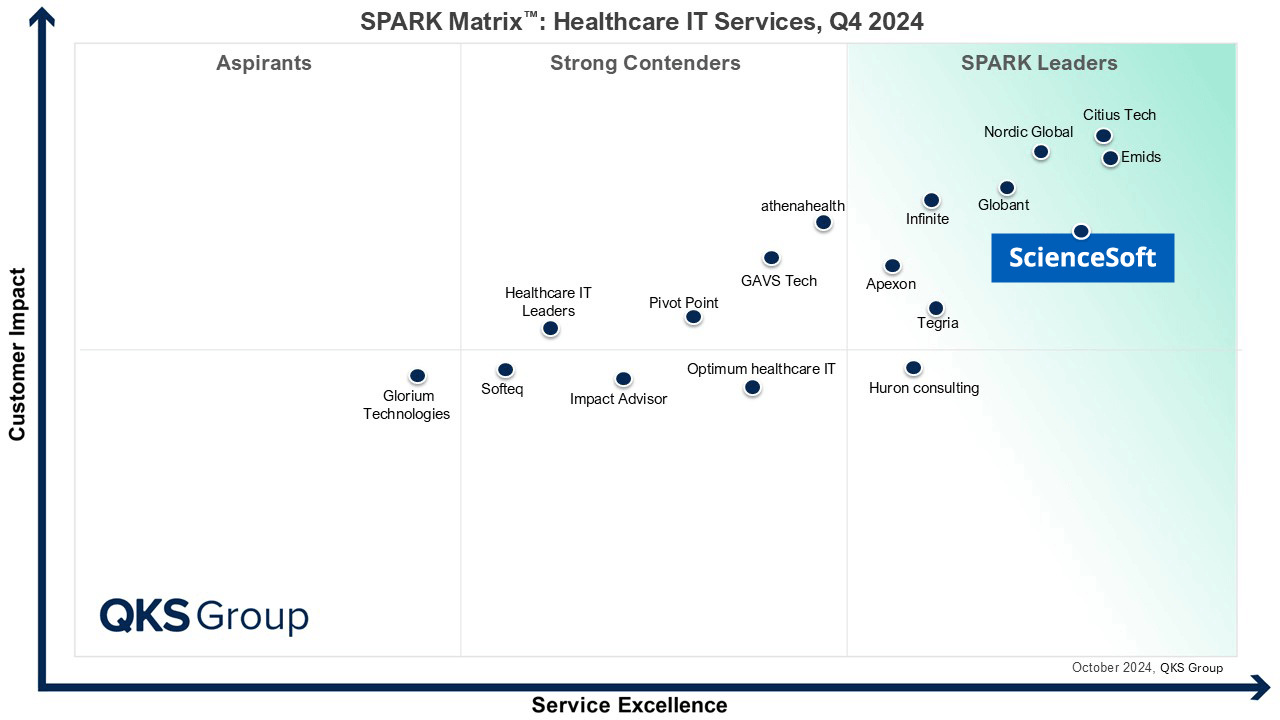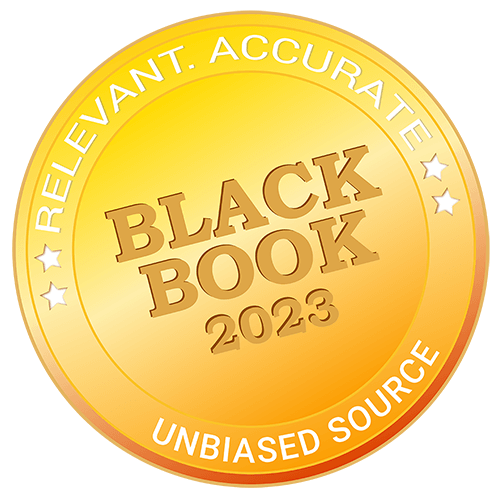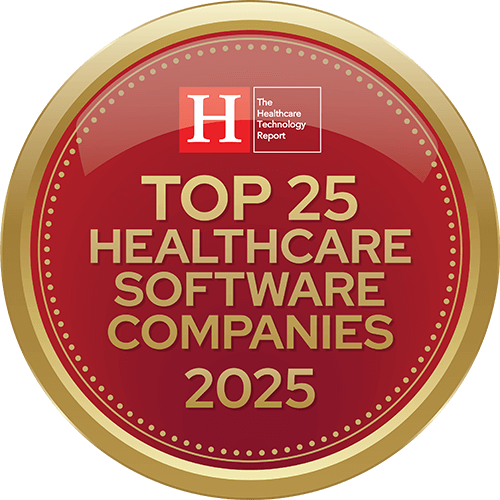Diet and Nutrition App Development
Project Plan, App Features, Costs
ScienceSoft relies on 20 years of experience in healthcare software development to build competitive and user-friendly diet and nutrition apps. With this plan, you can launch your app MVP in as little as two to five months and gradually add more features as the user base grows.
Diet and Nutrition Apps: Quick Facts
Diet and nutrition app development is an opportunity for health and wellness software product companies to establish new revenue streams or diversify existing ones. By incorporating trending features like AI for personalized meal plans and AR for visualized ingredient scanning, app providers can differentiate from competitors and gain market traction. This chance extends to wellness startups that can attract potential buyers and investors, thereby paving the way for establishing themselves in the market.
Diet and nutrition app development in 6 steps
- Gather functional and compliance requirements, plan the project.
- Design architecture and integrations with health and fitness APIs.
- Create intuitive UX and UI design.
- Build native or cross-platform mobile apps, integrate (non-)wearables, perform testing.
- Conduct a final compliance check (e.g., with FTC Act, DSHEA, GDPR), launch the software.
- Provide ongoing support, evolve the app based on user feedback and nutritional wellness trends.
- Implementation time: 2–5 months for an MVP, 6–11+ months for a full-fledged solution on average.
- Costs: from $50,000 for an MVP to $800,000+ for a full-featured product, depending on the app complexity, the required integrations, and regulatory compliance restrictions. Use our free calculator to estimate the cost for your case.
- Development ROI: 300%+, depending on the app's capabilities, marketing and monetization strategies, market competition, user acquisition costs, and software maintenance expenses.
- Common integrations: food nutrition databases (e.g., USDA National Nutrient Database for Standard Reference), wearables, payment gateways.
- App examples: MyNetDiary, MyFitnessPal, Lose It!, Noom, Yazio, Lifesum, Mealime, MyPlate, Yuka.
Diet and Nutrition App Market
By 2028, the nutrition apps market is set to reach $8.29 billion, with a CAGR of 11.31%. One of the key drivers propelling its expansion is the growth of nutrition-related conditions like diabetes and cardiovascular diseases, prompting a rising interest in preventive lifestyle practices.
Key Features of a Successful Diet and Nutrition App
With over 150 healthcare and wellness software projects under our belt, ScienceSoft recommends the following features for a competitive diet and nutrition app.
To win more users, make sure that your app reflects cultural and religious diversity. For example, it can feature personalized meal planning and AI-powered recommendations for nutritious suhoor and iftar meals during Ramadan, catering to Muslim users. Similarly, you can include vegetarian meal planning to accommodate Hindu dietary restrictions and provide guidance on kosher foods for Jewish users.
Diet and Nutrition App Architecture
ScienceSoft's experts share an example of a microservices-based application architecture and outline its key building blocks.

Building your app architecture on microservices is akin to constructing with LEGO bricks. Each service, much like a LEGO piece, is an autonomous module that can be swapped for a different one at any time. The modular architecture lets you add and alter microservices one by one without affecting the rest of the system. Ultimately, this means you won’t have to redevelop or take down the entire application every time you want to add a new feature or troubleshoot a faulty module.
Key Steps to Building a Diet and Nutrition App
Below, ScienceSoft’s project managers offer a practical development roadmap for your diet and nutrition app project.
1.
App conceptualization, requirements gathering, and project planning
At this step, you lay the groundwork for your app by finding answers to the following questions:
- Who is your target audience? What are their goals (e.g., weight loss, chronic disease management, convenient meal prepping) and expectations for the app?
- How can your app stand out from competitors in the market?
- Which features are the top priority for your users?
- What are your project’s scope, estimated development costs, and timeline?
- What are the potential pre-launch (e.g., resource overruns, balancing user engagement features with data privacy considerations) and post-launch (e.g., low user acceptance, new market competitors) project risks? How can they be managed?
- What are your app's regulatory compliance requirements?
To understand the needs and aspirations of the target audience, we usually conduct market research alongside user surveys and interviews. We also hold focus group discussions involving diet-conscious individuals and nutrition experts to verify the research findings. Following this, we develop user personas for the app. These guide UX and UI design decisions, help prioritize features, inform the creation of educational content within the app, and serve as a reference point for testing and validating the app's design and functionalities throughout development.
Your diet and nutrition app needs to comply with HIPAA if it collects, stores, or transmits identifiable health information about users and has a business relationship with healthcare providers or entities covered by HIPAA. This includes scenarios where the app enters into a business associate agreement (BAA) with a covered entity to handle protected health information (PHI). Let’s say you partner with a network of American weight management clinics that will use your app for their patients — in that case, the app is subject to HIPAA. But even if your app is not a part of any such agreement, it should still prioritize user privacy and security following the relevant state laws or the FTC Act.
2.
Diet and nutrition app engineering
This phase focuses on designing a scalable and flexible architecture, planning integrations, and selecting an optimal tech stack. We usually suggest a microservices-based architecture, which is ideal for adding new modules and features as your app evolves. The modular build ensures system configurability, making it simple to tweak the app's capabilities without extensive code changes.
3.
UX/UI design
- Designing scenarios for an intuitive app experience across diverse user groups, including people with disabilities and varying levels of tech proficiency.
- Developing user journey maps to visualize the steps users take to achieve their goals within the app.
- Creating UI prototypes and defining the app’s visual brand identity.
- Conducting UX testing to refine the app’s design.
4.
App development and quality assurance
- Developing native (e.g., Swift, Objective-C, Java, Kotlin) or cross-platform (e.g., React Native, Xamarin, Flutter) mobile apps.
- Integrating the app with health and fitness APIs (e.g., Google Fit, Apple HealthKit, Strava) to enable features such as activity tracking, workout logging, and vitals monitoring.
- Integrating the software with the chosen non-wearable and wearable devices (e.g., smart watches, smart scales).
- Conducting continuous functional, performance, usability, integration testing and regular code reviews throughout the development.
5.
Release and compliance assurance
- Conducting a comprehensive compliance check to ensure the app’s adherence to all applicable standards and regulations (e.g., FTC Act, DSHEA, HIPAA, GDPR, ADA, PCI DSS); composing detailed software documentation for compliance audits and future maintenance.
- Launching the app on App Store and Google Play.
6.
App support and evolution
After the app is launched, continuous support will be needed to ensure that its performance and security remain top-notch. At the same time, the development team should continue to evolve the app based on user feedback and emerging industry trends.
Rely on ScienceSoft’s Expertise to Build a Winning Diet and Nutrition App
Why Choose ScienceSoft for Diet and Nutrition App Development
- Since 2005 in healthcare IT and mobile app development.
- 150+ successful medical IT projects.
- Professionals with 7–20 years of experience, including project managers, healthcare software architects, data scientists, cybersecurity specialists, and regulatory consultants.
- Expertise in AI/ML, big data, IoT, AR.
- Experience in developing software compliant with HIPAA, FTC, DSHEA, OCR, GDPR, ADA, PCI DSS, and more.
- Strong Agile and DevOps cultures.
- A mature quality management system backed by ISO 13485 and ISO 9001 certifications.
- ISO 27001 certification to guarantee full security of our clients' data.
Our awards, recognitions, and certifications

Featured among Healthcare IT Services Leaders in the 2022 and 2024 SPARK Matrix
Recognized for Healthcare Technology Leadership by Frost & Sullivan in 2023 and 2025
Named among America’s Fastest-Growing Companies by Financial Times, 4 years in a row

Top Healthcare IT Developer and Advisor by Black Book™ survey 2023
Recognized by Health Tech Newspaper awards for the third time (2022, 2023, 2025)

Named to The Healthcare Technology Report’s Top 25 Healthcare Software Companies of 2025
ISO 13485-certified quality management system
ISO 27001-certified security management system
Talents on Our Diet and Nutrition App Development Projects
Below, ScienceSoft presents the key roles required to develop a diet and nutrition app.
Project manager
Plans the project and ensures its timely and on-budget completion; promptly addresses any project-related obstacles (e.g., resource constraints) and mitigates risks; reports to the stakeholders.
Business consultant
Analyzes the competitors’ offerings and user needs; identifies user pain points (e.g., weight loss struggles, time-consuming meal planning, overwhelming food choices and dietary restrictions); translates user stories into detailed functional specifications.
Software architect
Designs a secure and high-performing architecture for the app; plans the tech stack and integrations (e.g., with food nutrition databases).
UX designer
Defines user personas and scenarios based on the app’s target users; designs end-to-end user journeys; creates UX wireframes and prototypes; conducts usability and accessibility testing.
UI designer
Turns UX wireframes into an appealing and convenient user interface; crafts the app’s visual brand identity and designs unique UI elements such as charts and graphs that illustrate nutrient intake, progress tracking, etc.
DevOps engineer
Builds and optimizes CI/CD pipelines to automate code deployment; scales the infrastructure to accommodate fluctuations in user demand; configures networking components to ensure secure communication channels for virtual coaching with nutrition experts.
Mobile developer
Creates convenient GUI elements for food logging, meal planning, nutrition tracking, and other repetitive activities; implements app features according to the requirements; collaborates with back-end developers to ensure seamless data synchronization and integration with third-party services; fixes the bugs reported by the QA engineer.
Back-end developer
Builds the server-side infrastructure to support personalized dietary recommendations and wellness analytics, among other features; integrates the app with health and fitness APIs (e.g., Garmin Health, Withings, MyFitnessPal, Fitbit) to enable tracking and synchronization of fitness and nutrition data; resolves the defects reported by QA.
QA engineer
Verifies the app’s functionality, performance, usability, and integrations; reports software defects and reviews the fixes; maintains meticulous documentation of the test cases and test results.
Regulatory consultant
Ensures the app’s compliance with relevant regulations and laws (e.g., HIPAA, GDPR, PIPEDA, FTC Act); conducts audits to identify and rectify non-compliant areas (e.g., data privacy policies); verifies the accuracy of food and supplement labeling in the app.
Cybersecurity specialist
Secures the diet and nutrition app against cyber threats (e.g., data leaks through third-party integrations, insecure authentication); implements data encryption to protect users' sensitive data and financial details; conducts regular security audits to identify and address potential vulnerabilities.
Data scientist*
Develops algorithms for personalized dietary suggestions; selects and implements the available machine learning models for the app’s recommendation engine or designs and trains custom ML algorithms.
*For AI/ML-powered diet apps.
Sourcing Models for Diet and Nutrition App Development
Technologies We Rely On
Low-code development
QA tools
DevOps
Containerization
Automation
CI/CD tools
Monitoring
Streaming and communication platforms
Video streaming
Messaging and conferencing
Estimate the Cost of Your Diet and Nutrition App Development Project
The cost of diet and nutrition app development may vary from $50,000 to $800,000+, depending on software complexity and target platforms. Other crucial cost determinants include the chosen sourcing model, the number and nature of integrations, and the required team composition.
$50,000–$100,000
For a native iOS or Android app MVP with basic features like calorie counting, food and water intake tracking, and nutritional info database.
$200,000–$300,000
For a cross-platform diet and nutrition app with personalized user experience, tailored meal planning, progress tracking, gamification features, etc.
$500,000–$800,000+
For iOS and Android versions of a diet and nutrition app with advanced features like an integrated AI assistant or AR-powered menu scanning for a visual nutrition breakdown.
About ScienceSoft
Headquartered in McKinney, TX, ScienceSoft brings 20 years of IT consulting and software development experience to deliver innovative and user-friendly diet and nutrition solutions. Our approach is underpinned by quality management and security management systems certified by ISO 13485, ISO 9001, and ISO 27001, ensuring consistent software quality and client satisfaction. We see our mission in driving project success despite time and budget constraints, as well as changing requirements.













